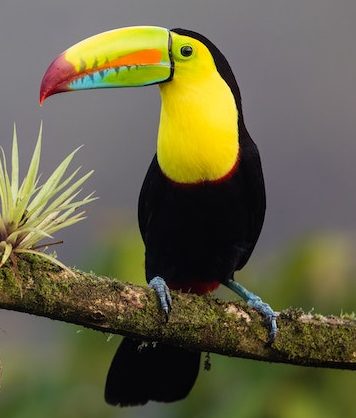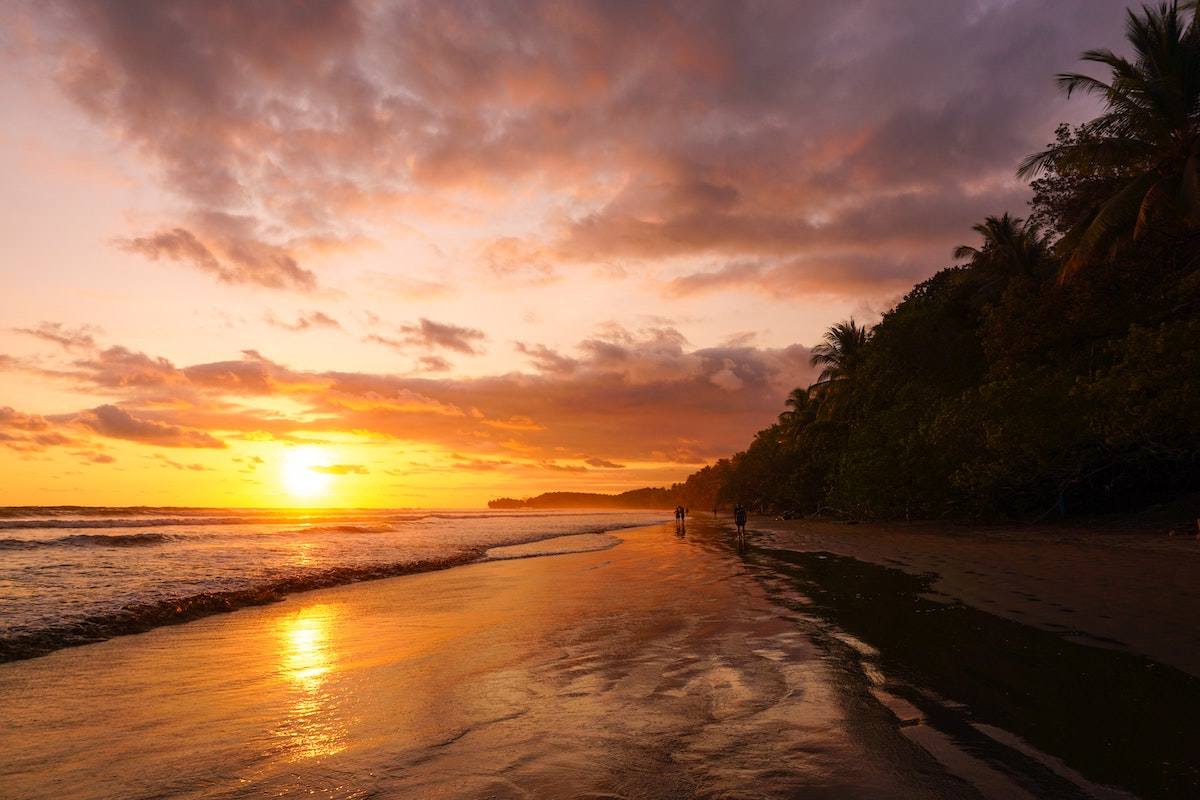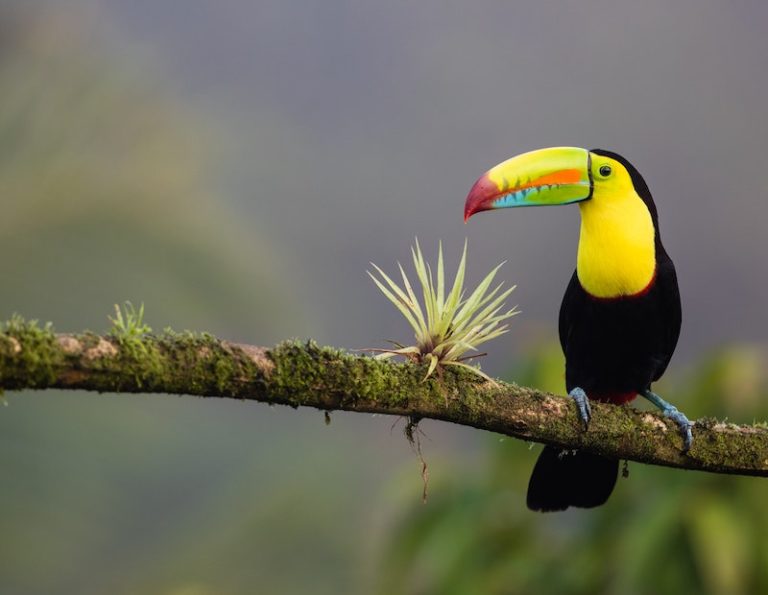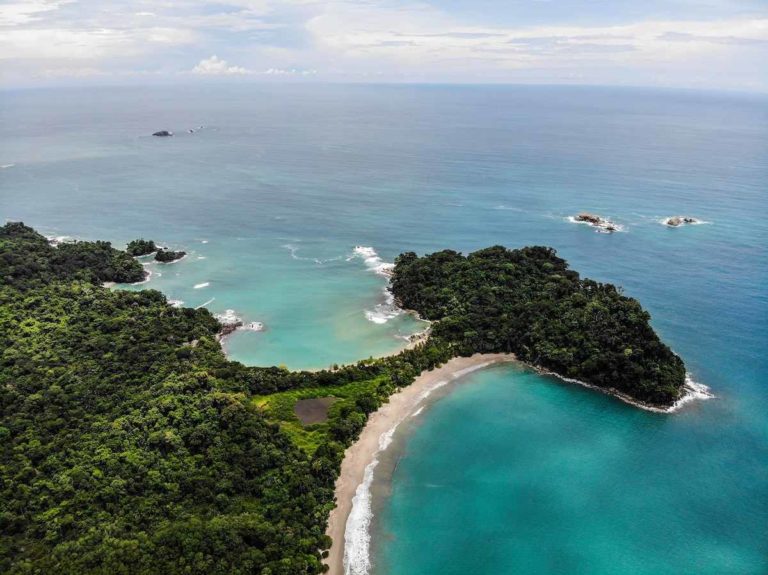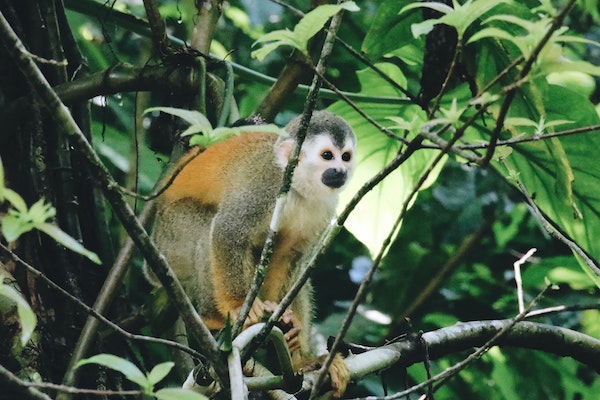Costa Rica is the country of the happiest people
Since 2006, the world community has been actively looking for the happiest state in the world. Costa Rica has taken a confident first place in the ranking based on the global Happy Planet Index for the past years. For comparison: the best indicator of Russia in the nine years of the existence of the index is 108th place.
“Overall, since the beginning of 2013, the Costa Rican property market has seen an increase in demand,” said Yalil Alpazar, President of Costa Rica Luxury Estates. – Objects are sold, as a rule, with discounts of 10–20%, prices now correspond to market prices. And even if the property is already offered at a discount, reasonable bargaining is possible. Today developers are guided by real demand, and not by assumptions, as was the case before. The market has become more flexible and closer to the consumer ”.

More than 20 years working with luxury and premium real estate J. Alpasar. Costa Rica experienced a boom from 2000 to 2007, she said. But due to the collapse in the US, the local market was severely damaged and recovered until 2010. significantly differ from those that were in 2007, – says the expert. – Clients are interested in Costa Rica for a number of reasons, but the most important factors are the country’s natural diversity, tropical climate and socio-political stability. Also, a significant role is played by the fact that foreigners have equal rights to property with local residents ”.
Indeed, there are no restrictions on the acquisition and ownership of real estate in the country, with the exception of a 50-meter coastal strip (land is not sold here). The next 150 m is considered a maritime zone, where the sale and construction of properties is subject to special rules.
Costa Rica is the smallest country in Central America in terms of area (excluding the island states of the Caribbean). It occupies only 51.1 thousand square meters. km, which is about 15% more than the territory of the Moscow region. At the same time, real estate buyers can choose to live on the Pacific or Atlantic coast, the Caribbean Sea, mountains, jungle. Almost everything is available, and having a villa in the mountains, you can drive to a shopping center in the capital (San Jose) in a few hours, shop, get to the beach, swim, sunbathe and return home for dinner.
It should be remembered that Costa Rica is a country of microclimates. At a distance of several tens of kilometers, there can be two locations, in one of which there is an eternal summer, and in the other it is cool, there are fogs and rains. Regions that are not hot, by the way, are in stable demand among Europeans from the Alpine region – acclimatization takes place there faster. Living here is comfortable, and if you want to bask in the sun, you can move to another area by car.
Coastline of Costa Rica – 1290 km. Of course, in such conditions, the tourism industry is actively developing. People from all over the world come here with pleasure. And many remain to live. The owners of most of the total housing stock (74%) permanently reside in their houses, and only 17% of real estate are rented out.
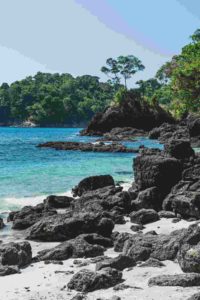
Villas are usually sold with plots of land. It is considered good form to offer the buyer not only a beautiful and comfortable home, but also a hectare or two of personal space. Terraces, gazebos, tropical gardens, ponds, a swimming pool and a jacuzzi are a must have of such facilities. Often there are also sports grounds for golf, tennis, basketball and even football.
Most often, developers involve local architects in their projects, less often foreigners. Costa Rica is rich in talented people, and there are enough professional architects here. They do not sit without work. There are no typical development areas in the country – projects of one architect may have recognizable features, but they will never be the same.
In Costa Rica, they love full-wall glazing, sliding doors, panoramic views. Almost every window opens up a stunning landscape – the ocean, mountains, valley… The hot climate plays an essential role in the design and arrangement of housing. For example, ceramics or stone are actively used for flooring, which adds coolness to the room. It is not customary to install heating systems in houses – there is no need. Sometimes you can see a fireplace, and it is mainly used for decoration.
Property prices fluctuate widely. There are quite a few offers for $ 1–2.5 million. Such houses are mainly located in closed communities – villages where there are all the necessary infrastructure facilities. At the service of residents – round-the-clock security, video surveillance systems, well-trained staff to care for the house, garden, swimming pool, communications. The maintenance of all this, as a rule, does not cost more than $ 1,000 / month. In general, it should be noted that investors and buyers are successful people with a stable high income and are accustomed to a quality standard of living. Therefore, developers strive to develop their own infrastructure in the community: clubs, marinas, supermarkets, beauty centers, restaurants, golf courses, cricket courses, and more. etc. A person should feel comfortable. This is how it actually happens.
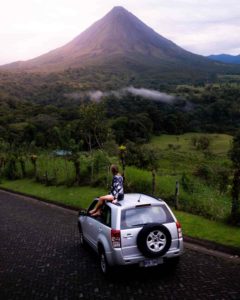
At the same time, there is a complete sense of solitude. During construction, the objects are placed in such a way that the territory of one villa is not visible from the other. Fortunately, the size of the plots allows.
Many experts note the favorable influence of the country’s ecosphere on its economy and investment attractiveness. For 10 thousand sq. km of Costa Rica’s area, more than 615 species of wild animals have been identified, which makes this area one of the most biologically diverse regions in the world. More than 5% of the world’s flora and fauna can be found in the country, which invariably attracts naturalists and scientists from all over the world and makes Costa Rica a corner of a pristine paradise. That is why more than 40 years ago a system of national parks was created – a bioreserve. More than a quarter of the state’s territory is under protection.
Now 12% of the area of Costa Rica has the status of national parks and another 16% – biological reserves, wildlife sanctuaries, reserves and biological corridors. There are about 27 national parks, 58 wildlife sanctuaries, 32 protected areas, 15 wetland wetlands, 11 forest reserves, 8 biological reserves, as well as 12 other zones that protect various natural habitats.
